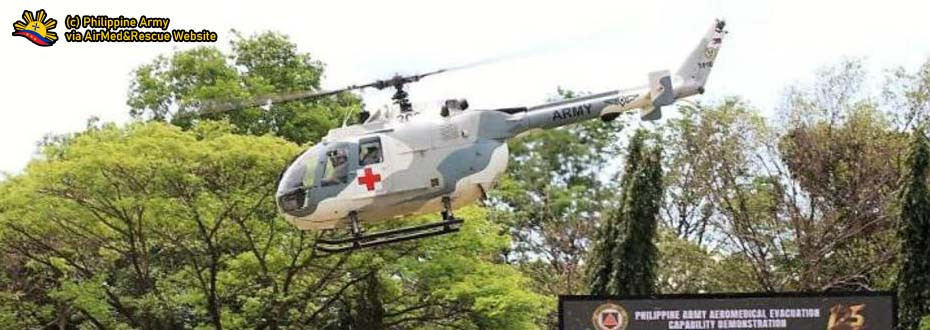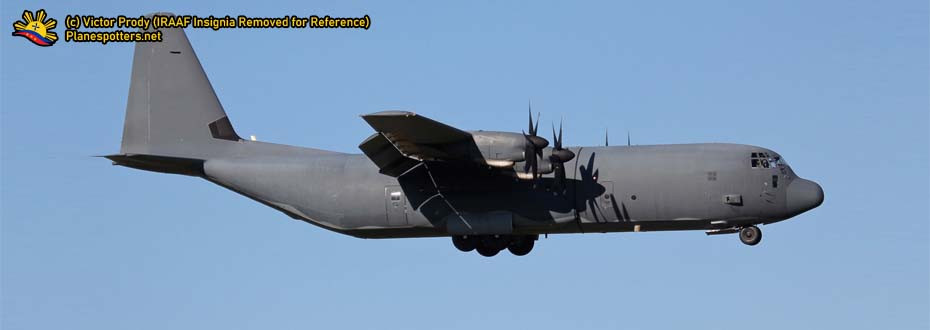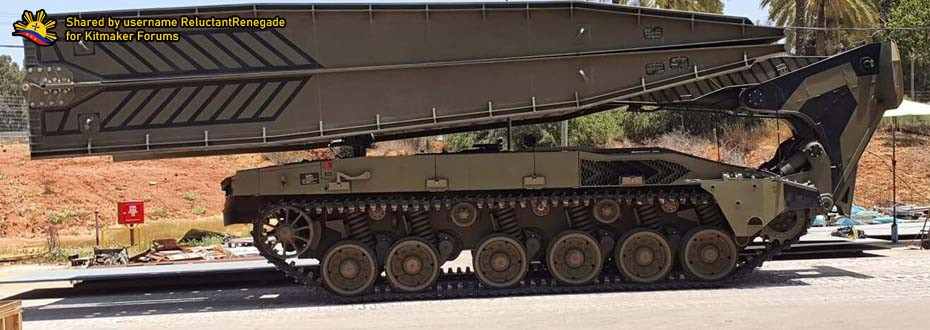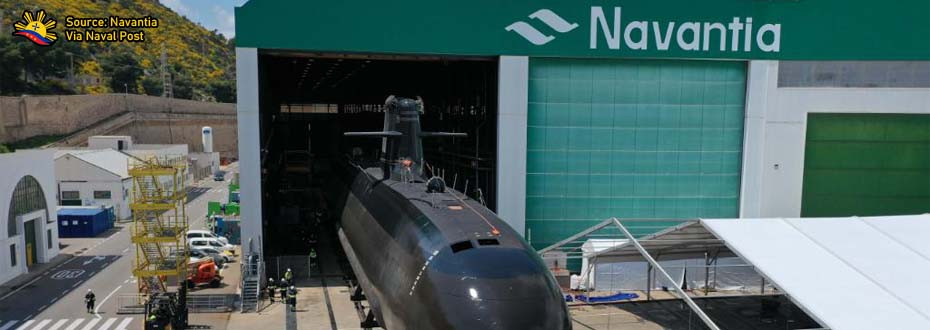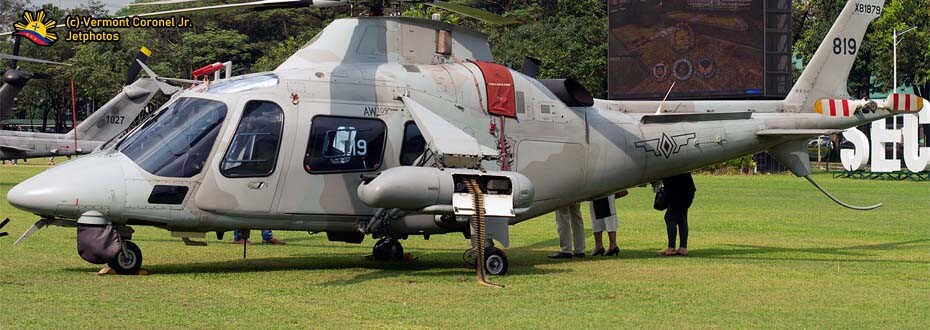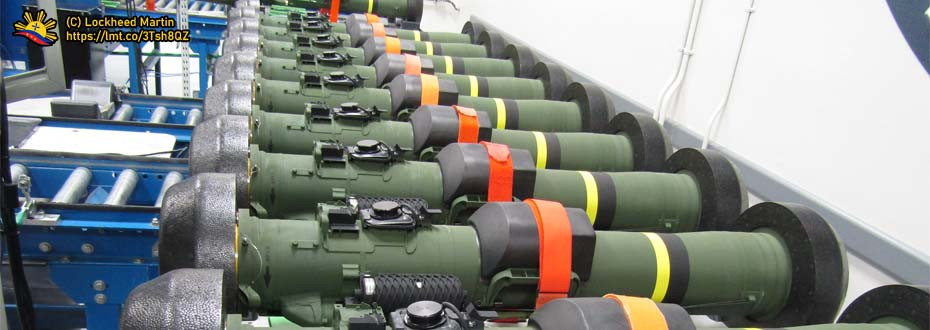With several agreements forged between the Philippine Government and their Turkish counterparts, it seems to be that the deal with regards to the Attack Helicopter Project is already sealed in a form of a Turkish-made ATAK T-129 Attack Helicopters. While the information is already made public by notable media outlets in line with this issue, let us understand in detail about this project that may define the capabilities of the Philippine Air Force at a future time.
DISCUSSION OVERVIEW
 |
The Philippine Air Force is set in to have this helicopter platform
as part of the ever-growing air fleet, an ever-enhancing modernization
drive. Photo obtained from YouTube. |
The reports unravel recently across defense and mainstream media outlets that the Philippines is about to receive these Turkish-made TAI T-129 ATAK helicopters, which makes the country the second foreign nation to buy such kind of helicopter from Turkey after Pakistan.
The information first disclosed by another defense page where they provided the details about the essential candidate in which the Philippine Air Force Technical Working Group (PAF-TWG) prefers for the Attack Helicopter Project where apparently this was pre-emptively done to prevent another fiasco which took place in another military arm under the Armed Forces. Days later, the Department of National Defense through a media interview made to Secretary Delfin Lorenzana affirms it further where the PAF-TWG opts for the Turkish Aerospace Industries T-129 ATAK for the Attack Helicopter Project and the Lockheed Martin - Sikorsky S-70i Black Hawk Helicopters which was discussed before in this webpage. These two big-ticket projects define the rotary aircraft modernization projects of the organization which seeks to complement and eventually, to replace the units that are presently operational in the inventory. This deal is being said to be forged where both parties involved - the Philippine side and the Turkish side get closer to tie it up, arising obligations for a contract to pay, deliver, and eventually to use the platform for its intended operations.
This development sets precedent not only in terms of the improvements being made for the capabilities of the Philippine Air Force but also in terms of improving the relations between two countries in a way that it paves the way of improving the trade as well as transactions in terms of purchasing military and defense articles.
THE SUPPLIER
 |
| The logo of Turkish Aerospace Industries. |
Website: https://www.tai.com.tr/en/
As basically indicated on the "about us" portion of the company, Turkish Aerospace Industries or Türk Havacılık ve Uzay Sanayii A.Ş (Abbreviation: TAI) was founded on June 28, 1973, a creation of the Turkish Government under the Ministry of Industry and Technology to reduce foreign dependency on their own local defense industry.
So, its creation is basically similar to the aims made by South Korea so as why their version such Korea Aerospace Industries (KAI) was founded in which it eventually has its way selling products such as the FA-50 Lead-in fighter trainer to the Philippine Air Force and presently offers the KUH-1 Surion Combat Utility Helicopters in that category.
TAI on this manner like KAI aims to export military materiel such as the T-129 ATAK Helicopters to both Pakistan and the Philippines in the aims to enhance the local industry in terms of expertise, manpower, and of course, business investments that in the process provides jobs to the locals in the area.
At present, they produce an array of military and defense-related weaponry which defines the capabilities that the Turkish Air Force presently obtains. Notable among those things are the Peace Onyx I [link] and II [link] programs which supplant their own fleet with license-built F-16 C/Ds, and the TAI Hürkuş turboprop aircraft for basic training purposes under fix-wing aircraft.
For helicopters, they produce the T-70 or the locally, license-produced Black Hawk Helicopter for the Turkish Air Force. It is worthy to take note that the Philippines have chosen such types of helicopters for the Philippine Air Force under the Combat Utility Helicopter program which is a separate project.
However, the Philippine side will be getting the S-70i Variant directly from Lockheed Martin - Sikorsky, the international version that is being built in Poland by PZL Mielec. Aside from these utility helicopters, they produce the T-129 ATAK Helicopters that are presently being offered to Pakistan and the Philippines as export material.
Well, the production capabilities of TAI isn't limited to fix-wing and rotary aircraft like the ones mentioned above. The company also produces Unmanned Aerial Vehicles or UAVs intended for surveillance operations like the ANKA which is an advanced Medium Altitude Long Endurance (MALE) class Unmanned Aerial System and Satellites like the GÖKTÜRK reconnaissance and imagery satellite series (GÖKTÜRK 1 and 2) and the TÜRKSAT 6a communications satellite intended for improving connectivity across Turkey.
This goes to show that TAI is a bit mature in its industry aiming at manufacturing military aerospace material primarily to supplant the air force of its own country. Now, the company is setting its aims outside, pursuing the goal of exporting their products along with their expertise with it to provide necessary capabilities to its customers while reaping the investment benefit that in turn boost the local defense industry.
THE PRODUCT
The Turkish Aerospace Industries T-129 ATAK (Attack) Helicopter is derived from the Leonardo A-129 Mangusta Attack Helicopter which are the ones currently in service on nations like Italy.
The base design came from the Italians where AgustaWestland back then provided the Tech Transfer to the Turkish for them to develop it further until it is known as the T-129 Attack Helicopter of the present day.
Such a variant is in service within the Turkish Air Force where this is an improvement of its worth as part of the requirement that they seek for an attack helicopter. The T-129 ATAK is pointed out on the TAI website and it is quoted as follows:
_
The “T129 ATAK" Multirole Combat Helicopter has been optimized for specific hot&high performance requirements of the Turkish Armed Forces. A tandem-seat, twin-engine, NATO-interoperable attack helicopter optimized for the attack, armed reconnaissance, precision strike, and deep strike missions, at day and night all environments and regardless of weather conditions.
The T129 ATAK incorporates asymmetric weapon loading capability and enables the use of all weapons effectively according to mission requirements. For close combat support missions, a 20mm turreted gun with a capacity of 500 rounds and 70mm Classic Rockets with a capacity of 76 rockets have been integrated; whereas for multipurpose missions, 16 x CIRIT® 70mm Laser Guided Air-to-Ground Missiles, 8 x UMTAS® Long Range Anti-Tank Missiles and 8 x STINGER® Air-to-Air Missiles are integrated, as well as the state of the art EW systems and EO systems.
The T129 ATAK cockpit provides situational awareness through good visibility arcs and integrated mission and communication systems. Aselflir-300T targeting sight system increases image quality and range performance with real-time image processing and multiple target tracking with a thermal camera, laser rangefinder, designator, and spot tracker. AVCI®-Helmet Mounted Display System provides integrated display capabilities to crew for the extended mission.
Within the scope of the Turkish ATAK Program, a total of 91 (59 + 32 optional) T129 ATAK Helicopters will be delivered to Turkish Land Forces and 9 T129 ATAK Helicopters will be delivered to the Ministry of Interior.
To provide additional details (as derived from their website), let us post the specifications here:
It is worthy to take note that such an attack helicopter is capable to carry a 20mm turreted gun (M-197 triple-barrel Gatling gun), rockets, and anti-tank missiles. It is also worthy to take note that it is capable to shut down air units as needed given that it can be armed with air-to-air missiles such as AIM-9 and AIM-92. These things, weapons attachments to the T-129 make it a formidable combat machine that the Philippine Air Force sees on an attack helicopter, a firm departure from the usual lightly-armed ones such as the AW-109 Power and MD-520 attack helicopters which are both are currently in service.
Once available, its functionality means a lot for the organization wherein this welcoming development increases the firepower needed in battle such as pounding key enemy positions given that the country still faces the threat against the terrorists as well as the communist bandits.
ON THE PHILIPPINE DEAL
The Philippine Air Force recently released a list with regards to the projects that are aligned for the year 2019 which notably includes the S-70i Black Hawks and T-129 "ATAK" Attack Helicopters. The number of units specified in the article calls for the purchase of six (6) T-129s under an ABC or Approved Budget for Contract of Php 13.8 Billion.
There are still no firm contract price nor finalized details where there may still be changes that will take place on this deal as long as there is no contract signed that arises the obligation.
To take note, this deal obtains the chance that it may be funded through credit by Turk Eximbank where it may influence the number of units purchased or the way transactions will be made.
The deal is said to undertake a Government-to-Government (G2G) approach, which expects that an agreement and eventually, a contract will be signed by the next year 2019. The deal term shortens the waiting time given that the procurement process is usually done through bidding as prescribed under R.A. 9184 or the Procurement Law.
Just to take note that an interesting development that links to this deal is the recently signed memorandum of agreement between the Philippines through the Department of National Defense and Turkey through the Presidency of Defense Industries where it will not only help push the T-129 ATAK helicopter deal but also may provide help to push other Turkish-produced defense material that may provide the Armed Forces of the Philippines the tools needed to improve its capabilities as a whole.
So, this makes the year 2019 an interesting year for Philippine Air Force procurement, especially with these deals that really improve the organization as a whole that it helps further perform this military branch's intended mandate where being the part of a larger Armed Forces of the Philippines, subjects to protect the country and its interest against enemies.
DISCUSSION SUMMARY
 |
| The photoshop image of what the T-129 ATAK may look like in the Philippine military roundel. Courtesy and credits to its owner. |
The statement made by former Commanding General of the Philippine Air Force and with the affirmation of the Department of National Defense on the assessments made by PAF-TWG closes in on determining the Turkish Aerospace Industries ATAK T-129 attack helicopter as a preferred platform for the 15th Strike Wing.
So, this provides the benefit in every degree in which it goes advantageously first to the capabilities of the Philippine Air Force, second for the growth of Turkish Defense Industries as they are seeking for market share on their defense products, and lastly for the relations for both countries especially in terms to defense-related matters such as signing an agreement which hastens the steps in doing a transaction like in this case for the attack helicopter project.
With all parties willing to provide support over this project, it is worth a real thing that PAF is set to have a fully-dedicated helicopter later on, in a form of TAI T-129 ATAK.
All that it needs now is to iron out the deal and eventually, having the contract signed which arises the obligations both for payment, delivery, and eventually, putting them into action such as flushing key enemy positions vital for the victory of the government troops situated on the ground.
All that remains to be seen is to see these brand new units in the country, proudly carrying the Philippine military roundel on its airframe and flown by its pilots, reporting for duty that is needed to protect the fatherland. While this project just like other platforms defines the milestones of the year 2019, the period is still long until these things will set into reality.
That is, shall all of the conditions will be met and the process is smooth sailing. It is with the hopes and dreams that this project among others be successful in a way that the end-user is satisfied with the outcome of this project in a sense that the funding allotted to it is worth at the expense.









